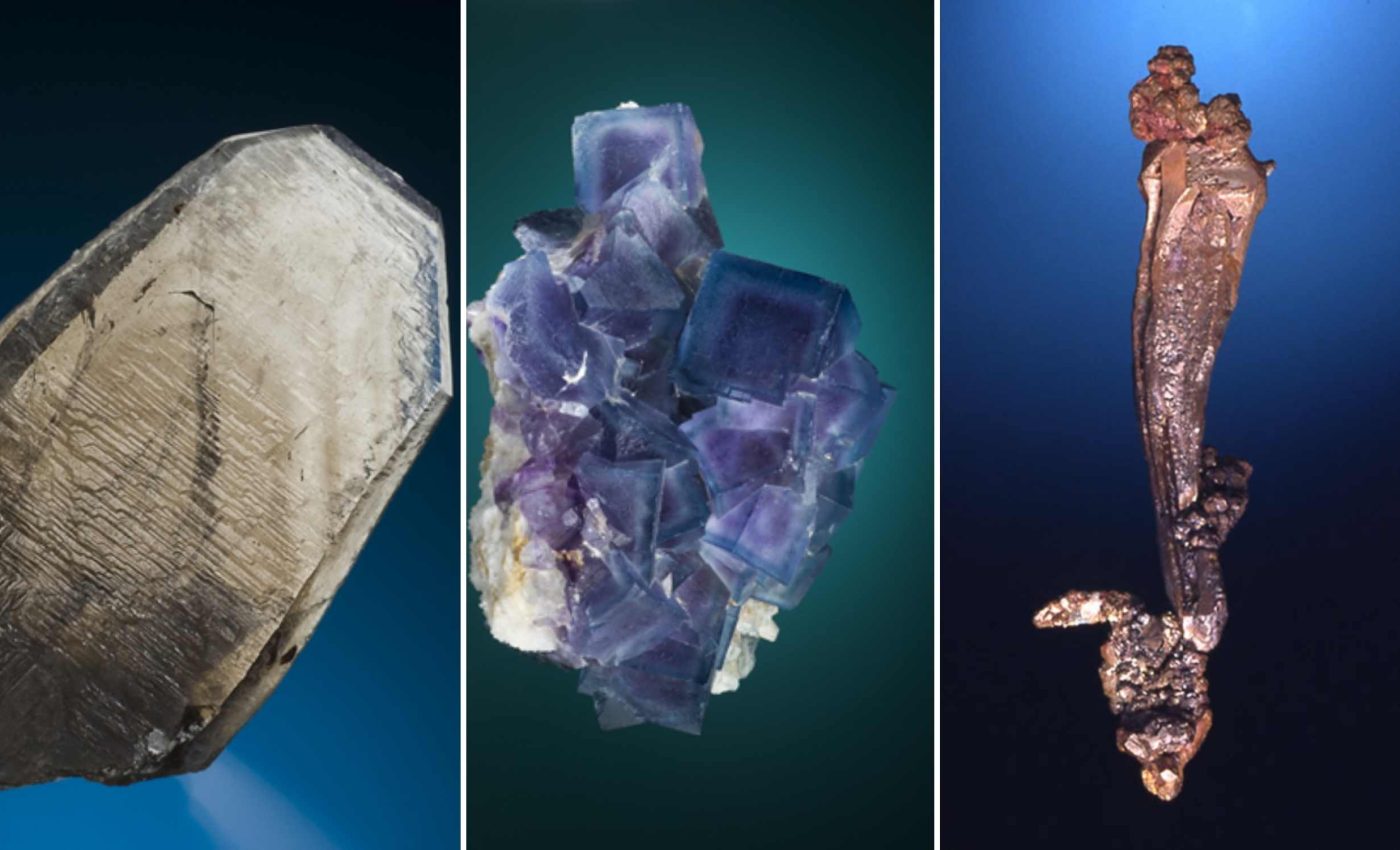
Geologists discover three new minerals in the southwestern U.S.
On a windswept spur of Cookes Peak in Luna County, New Mexico, geologists have logged three minerals never before cataloged by science.
The additions, raydemarkite, virgilluethite, and stunorthropite, nudge the global mineral count to 5,998, an uptick that seems tiny until one recalls how rarely legitimate newcomers are accepted.
“Unlike the plant or animal kingdoms, which have millions of known species, the mineral kingdom has far fewer members,” explained Dr. John Rakovan with the New Mexico Bureau of Geology and Mineral Resources at New Mexico Tech.
“Today, there are 5,998 known mineral species, but new minerals are being discovered every year.”
Cookes Peak keeps surprising geologists
Cookes Peak stands 8,404 feet high and lies roughly 17 miles north of Deming, a range whose granodiorite core once fed ore‑rich hydrothermal fluids.
Those fluids left pockets of lead, zinc, silver, and fluorite, and in some of the oxidized cavities they also left the molybdenum‑rich conditions needed for rare molybdic acid hydrates to crystallize.
Raydemarkite forms sprays of colorless needles only a millimeter long but flexible enough to bend without breaking.
Virgilluethite appears as yellow‑green plates that often overgrow earlier crystals, while stunorthropite shows up as stubby milky blades that sometimes replace the yellow mineral sidwillite.
Each mineral honors a New Mexican whose life’s work advanced regional geology: mineral collector Ramon S. DeMark, economic geologist Dr. Virgil W. Lueth, and University of New Mexico professor Dr. Stuart A. Northrop.
What makes Raydemarkite special
Laboratory work shows raydemarkite’s formula is MoO₃·H₂O, the natural analogue of a synthetic α‑phase made in 1903.
Its triclinic lattice is built from double chains of distorted MoO₅(H₂O) octahedra linked only by hydrogen bonds; those bonds explain both the mineral’s habit and its surprising flexibility.
Virgilluethite shares the same MoO₃·H₂O chemistry but crystallizes in a monoclinic sheet structure identical to tungstite, WO₃·H₂O.
The sheets represent a dehydrated re‑ordering of sidwillite, making every virgilluethite crystal a textbook pseudomorph, a mineral that keeps its predecessor’s shape while swapping out its internal chemistry.
Stunorthropite named after a legend
Stunorthropite, (NH₄)₄[Mo₂O₆(MoO₄)₂], immortalizes Dr. Stuart Northrop, author of the still‑authoritative Minerals of New Mexico.
Though its crystals rarely exceed a few tenths of an inch, their occurrence helps map late‑stage ammonium activity in the Cookes Peak system.
Why new minerals still matter
The International Mineralogical Association’s Commission on New Minerals, Nomenclature and Classification (CNMNC) reviews about 90–100 proposals a year; in 2009 it handled 91, underscoring the steady yet modest pace of discovery.
Even when accepted, a new mineral may exist at only one site, so every occurrence helps refine economic models, environmental baselines, and planetary formation theories.
Molybdenum-based minerals like raydemarkite and virgilluethite give researchers clearer insight into how molybdic acids behave under natural conditions.
These compounds are studied for their roles in sensors, batteries, and even hydrogen production, but their natural forms had remained elusive until now.
Finding natural analogues of synthetic materials lets scientists compare lab predictions with nature’s results. This helps validate models about crystal growth, bonding, and transformation under pressure, temperature, and hydration changes.
Museum cases to molecular models
All three minerals are now on public display at the New Mexico Mineral Museum in Socorro. Visitors can view specimens of raydemarkite, virgilluethite, and stunorthropite – each representing a moment where the Earth’s chemistry briefly aligned to create something new.
These samples also serve researchers far beyond the museum.
Crystallographers, geologists, and materials scientists rely on these finds to refine molecular simulations and deepen our understanding of phase transitions, especially in compounds tied to electronics and energy storage.
How natural minerals differ from synthetics
Although raydemarkite and virgilluethite had been synthesized in labs over a century ago, their natural counterparts behave differently in the wild.
Geologists must confirm these minerals formed without human intervention and remained stable through natural geological processes.
The difference isn’t just academic. Natural conditions often introduce trace impurities, subtle lattice distortions, or unexpected bonding behaviors, details that synthetic processes can miss.
These differences matter when scientists use mineral data to model Earth’s crust or design real-world applications.
With Cookes Peak still offering unworked seams, curators expect more names will soon join the roster, and collectors may yet find them under a hand lens rather than a microscope.
One study is published in The Canadian Journal of Mineralogy and Petrology.
The other study is also published in The Canadian Journal of Mineralogy and Petrology.
—–
Like what you read? Subscribe to our newsletter for engaging articles, exclusive content, and the latest updates.
Check us out on EarthSnap, a free app brought to you by Eric Ralls and Earth.com.
—–













